Exploring the Micromechanical Sliding Behavior of Typical Quartz Grains and Completely Decomposed Volcanic Granules Subjected to Repeating Shearing
Abstract
:1. Introduction
2. Materials, Experimental Methods and Program
2.1. Materials
2.2. Apparatus and Experimental Methods for the Micromechanical Tests
2.3. Testing Program
3. Results and Discussion
3.1. Typical Plots of Normal Load–Normal Displacement
3.2. Tangential Load–Displacement and Friction for the LBS Grains
3.3. Tangential Load–Displacement and Friction for the CDV Granules
4. Conclusions
Acknowledgments
Author Contributions
Conflicts of Interest
References
- Horn, H.M.; Deere, D.U. Frictional characteristics of minerals. Geotechnique 1962, 12, 319–335. [Google Scholar] [CrossRef]
- Procter, D.C.; Barton, R.R. Measurements of the angle of interparticle friction. Geotechnique 1974, 24, 581–604. [Google Scholar] [CrossRef]
- Cole, D.M.; Mathisen, L.U.; Hopkinks, M.A.; Knapp, B.R. Normal and sliding contact experiments on gneiss. Granul. Matter 2010, 12, 69–86. [Google Scholar] [CrossRef]
- Cavarretta, I.; Rocchi, I.; Coop, M.R. A new interparticle friction apparatus for granular materials. Can. Geotech. J. 2011, 48, 1829–1840. [Google Scholar] [CrossRef]
- Senetakis, K.; Coop, M.; Todisco, M.C. The inter-particle coefficient of friction at the contacts of Leighton Buzzard sand quartz minerals. Soils Found. 2013, 53, 746–755. [Google Scholar] [CrossRef]
- Senetakis, K.; Coop, M.; Todisco, M.C. Tangential load-deflection behaviour at the contacts of soil particles. Geotech. Lett. 2013, 3, 59–66. [Google Scholar] [CrossRef]
- Senetakis, K.; Sandeep, C.S.; Todisco, M.C. Dynamic inter-particle friction of crushed limestone surfaces. Tribol. Int. 2017, 111, 1–8. [Google Scholar] [CrossRef]
- Nardelli, V.; Coop, M.R.; Andrade, J.A.; Paccagnella, F. An experimental investigation of the micromechanics of Eglin sand. Powder Technol. 2017, 312, 166–174. [Google Scholar] [CrossRef]
- Yang, L.; Wang, D.; Guo, Y.; Liu, S. Tribological behaviors of quartz sand particles for hydraulic fracturing. Tribol. Int. 2016, 102, 485–496. [Google Scholar] [CrossRef]
- Senetakis, K.; Coop, M.R. The development of a new micro-mechanical inter-particle loading apparatus. Geotech. Test. J. 2014, 37, 1028–1039. [Google Scholar] [CrossRef]
- Senetakis, K.; Coop, M.R. Micro-mechanical experimental investigation of grain-t13-grain sliding stiffness of quartz minerals. Exp. Mech. 2015, 55, 1187–1190. [Google Scholar] [CrossRef]
- Cundall, P.A.; Strack, O.D.L. A discrete numerical model for granular assemblies. Geotechnique 1979, 29, 49–65. [Google Scholar] [CrossRef]
- Vu-Quoc, L.; Zhang, X. An accurate and efficient tangential force–displacement model for elastic-frictional contact in particle-flow simulations. Mech. Mater. 1999, 31, 235–269. [Google Scholar] [CrossRef]
- Vu-Quoc, L.; Lesburg, L.; Zhang, X. An accurate tangential force–displacement model for granular-flow simulations: Contacting spheres with plastic deformation, force-driven formulation. J. Comp. Phys. 2004, 196, 298–326. [Google Scholar] [CrossRef]
- Kwok, C.Y.; Bolton, M.D. DEM simulations of thermally activated creep in soils. Geotechnique 2010, 60, 425–433. [Google Scholar] [CrossRef]
- Kwok, C.Y.; Bolton, M.D. DEM simulations of soil creep due to particle crushing. Geotechnique 2013, 63, 1365–1376. [Google Scholar] [CrossRef]
- Ma, T.; Chen, P.; Zhao, J. Overview on vertical and directional drilling technologies for the exploration and exploitation of deep petroleum resources. Geomech. Geophys. Geo-Energy Geo-Resour. 2016, 2, 365. [Google Scholar] [CrossRef]
- Fang, Y.; Wang, C.; Elsworth, D.; Ishibashi, T. Seismicity-permeability coupling in the behavior of gas shales, CO2 storage and deep geothermal energy. Geomech. Geophys. Geo-Energy Geo-Resour. 2017. [Google Scholar] [CrossRef]
- Sazzad, M.M.; Suzuki, K. Effect of interparticle friction on the cyclic behavior of granular materials using 2D DEM. J. Geotech. Geoenviron. Eng. 2011, 137, 545–549. [Google Scholar] [CrossRef]
- Wang, J.; Yan, H.B. DEM analysis of energy dissipation in crushable soils. Soils Found. 2012, 52, 644–657. [Google Scholar] [CrossRef]
- Calvetti, F.; Nova, R. Micromechanical approach to slope stability analysis. In Degradation and Instabilities in Geomaterials; Darve, F., Vardoulakis, I., Eds.; CISM Courses and Lectures No. 461; Springer: Wien, Austria, 2004; pp. 235–254. [Google Scholar]
- Yin, P.; Zhao, G.F. Numerical simulation of fluid flow through deformable natural fracture network. Geomech. Geophys. Geo-Energy Geo-Resour. 2016, 2, 343. [Google Scholar] [CrossRef]
- Ranathunga, A.S.; Perera, M.S.A.; Ranjith, P.G.; De Silva, G.P.D. A macro-scale view of the influence of effective stress on carbon dioxide flow behaviour in coal: an experimental study. Geomech. Geophys. Geo-Energy Geo-Resour. 2017, 3, 13. [Google Scholar] [CrossRef]
- Nardelli, V.; Coop, M.R. The micromechanical behaviour of a biogenic carbonate sand. In Proceedings of the VI Italian Conference of Researchers in Geotechnical Engineering CNRIG—Geotechnical Engineering in Multidisciplinary Research: From Microscale to Regional Scale, Bologna, Italy, 22–23 September 2016.
- Barreto, D. Numerical and Experimental Investigation into the Behaviour of Granular Materials under Generalised Stress States. Ph.D. Thesis, University of London, London, UK, 2009. [Google Scholar]
- Mate, M. Tribology on the Small Scale—A Bottom Up Approach to Friction, Lubrication, and Wear; Oxford University Press: Oxford, UK, 2008. [Google Scholar]
- Johnson, K.L. Contact Mechanics; Cambridge University Press: Cambridge, MA, USA, 1985. [Google Scholar]
- Cole, D.M.; Peters, J.F. A physically based approach to granular media mechanics: Grain-scale experiments, initial results and implications to numerical modeling. Granul. Matter 2007, 9, 309–321. [Google Scholar] [CrossRef]
- Pohlman, N.A.; Severson, B.J.; Ottino, J.M.; Lueptow, R.M. Surface roughness effects in granular matter: Influence on angle of repose and the absence of segregation. Phys. Rev. E 2006, 73, 031304. [Google Scholar] [CrossRef] [PubMed]
- Sha, Z.-D.; Sorkin, V.; Branicio, P.S.; Pei, Q.-X.; Zhang, Y.-W.; Srolovitz, D.-J. Large-scale molecular dynamics simulations of wear in diamond-like carbon at the Nanoscale. Appl. Phys. Lett. 2013, 103, 073118. [Google Scholar] [CrossRef]
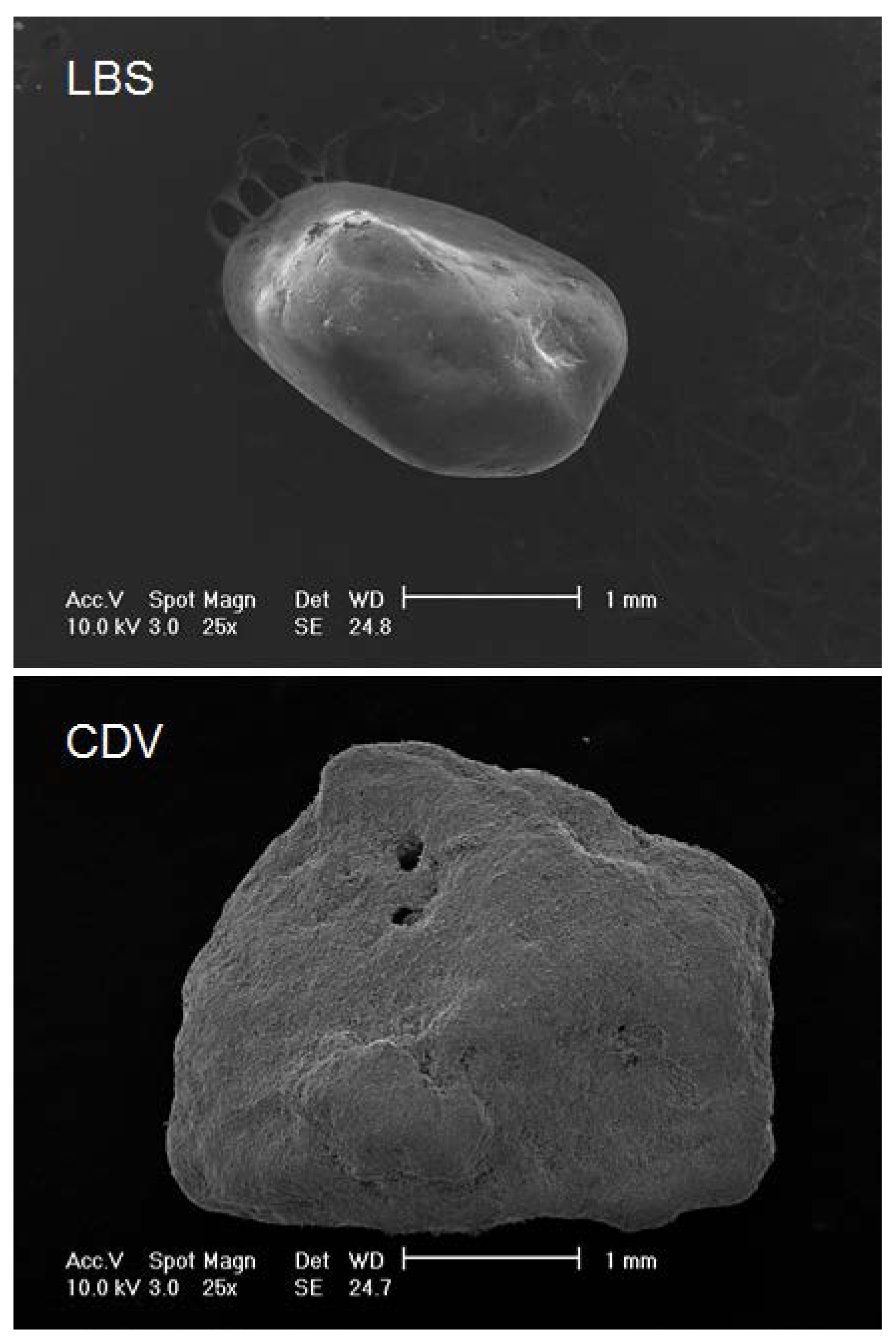
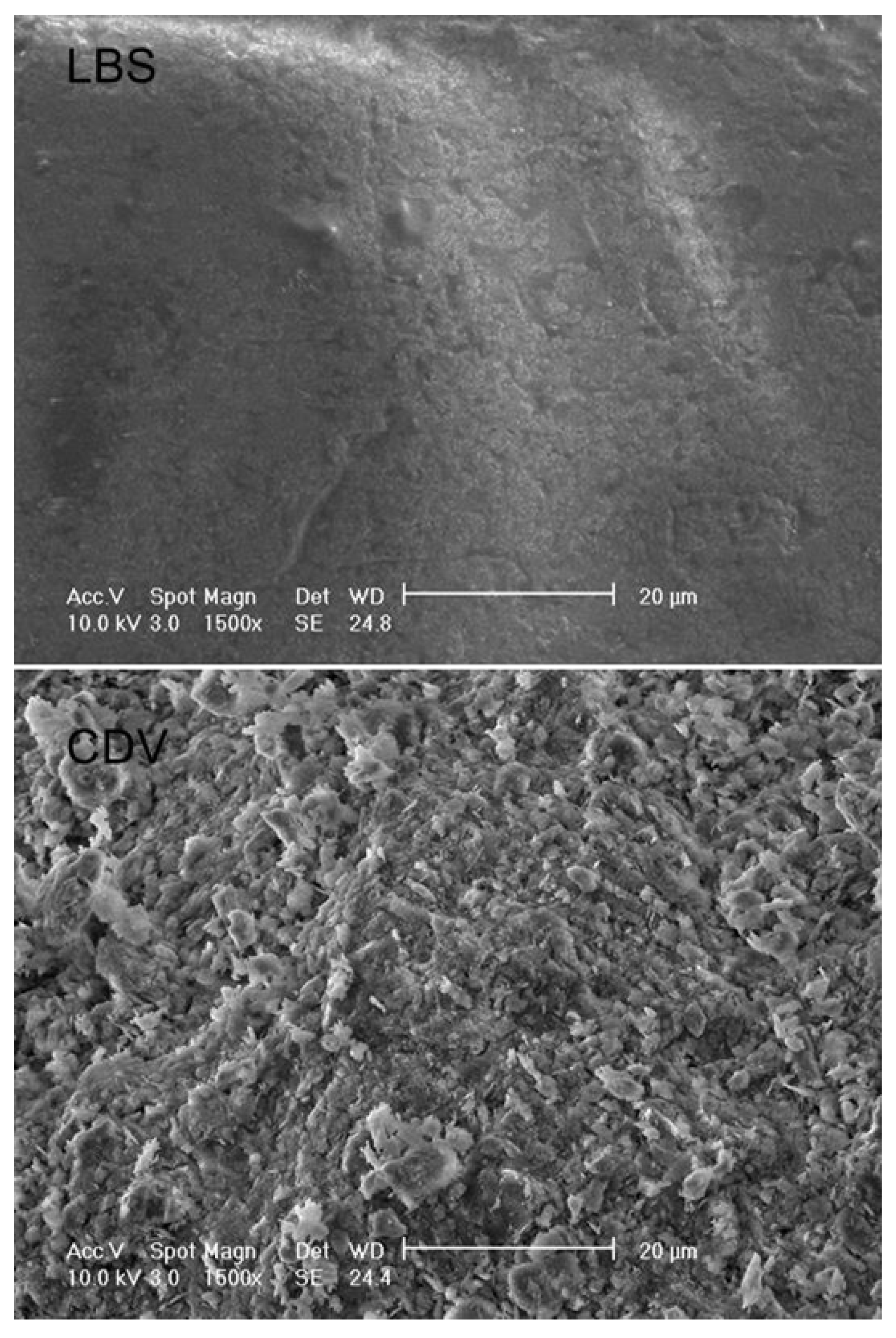

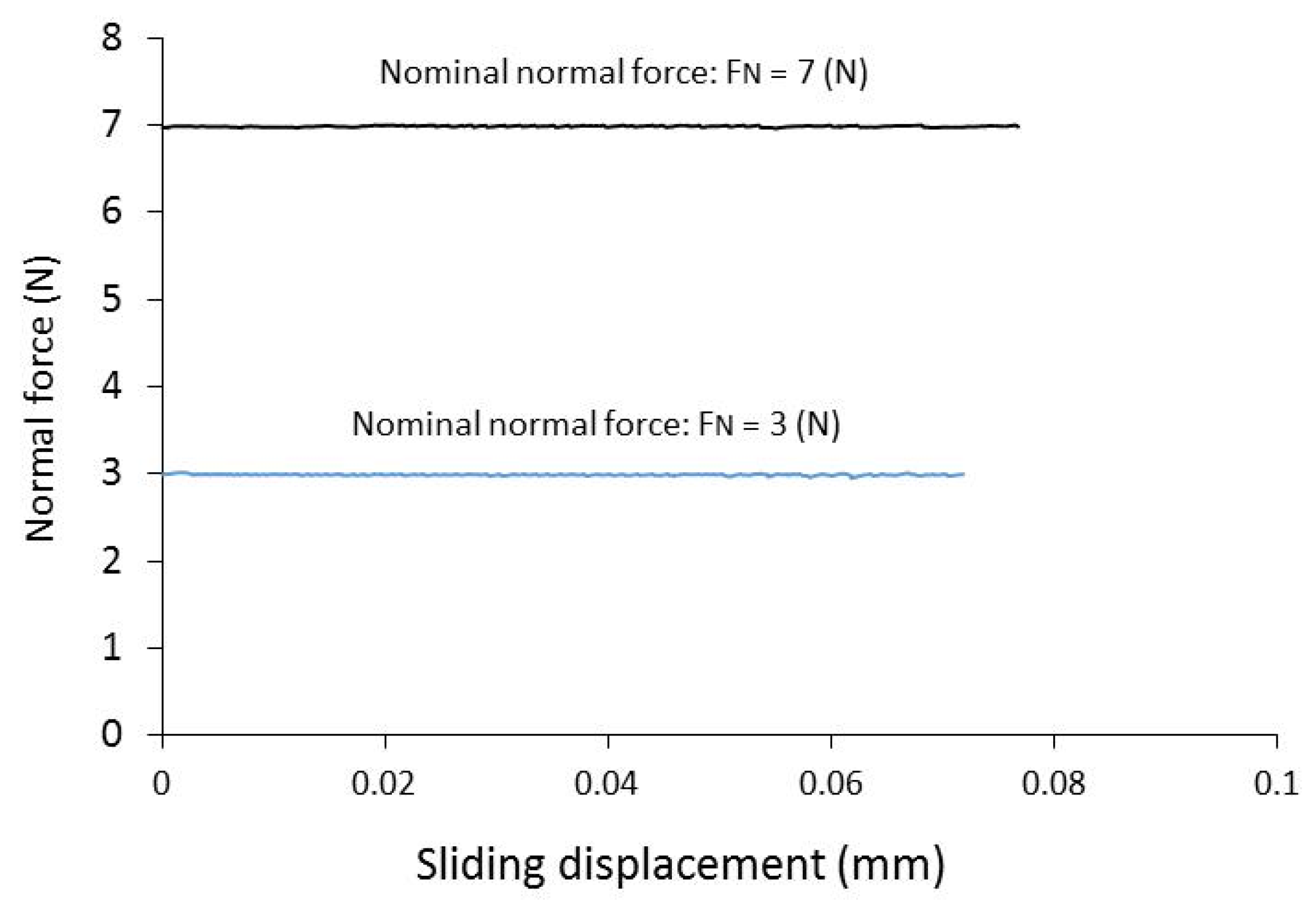
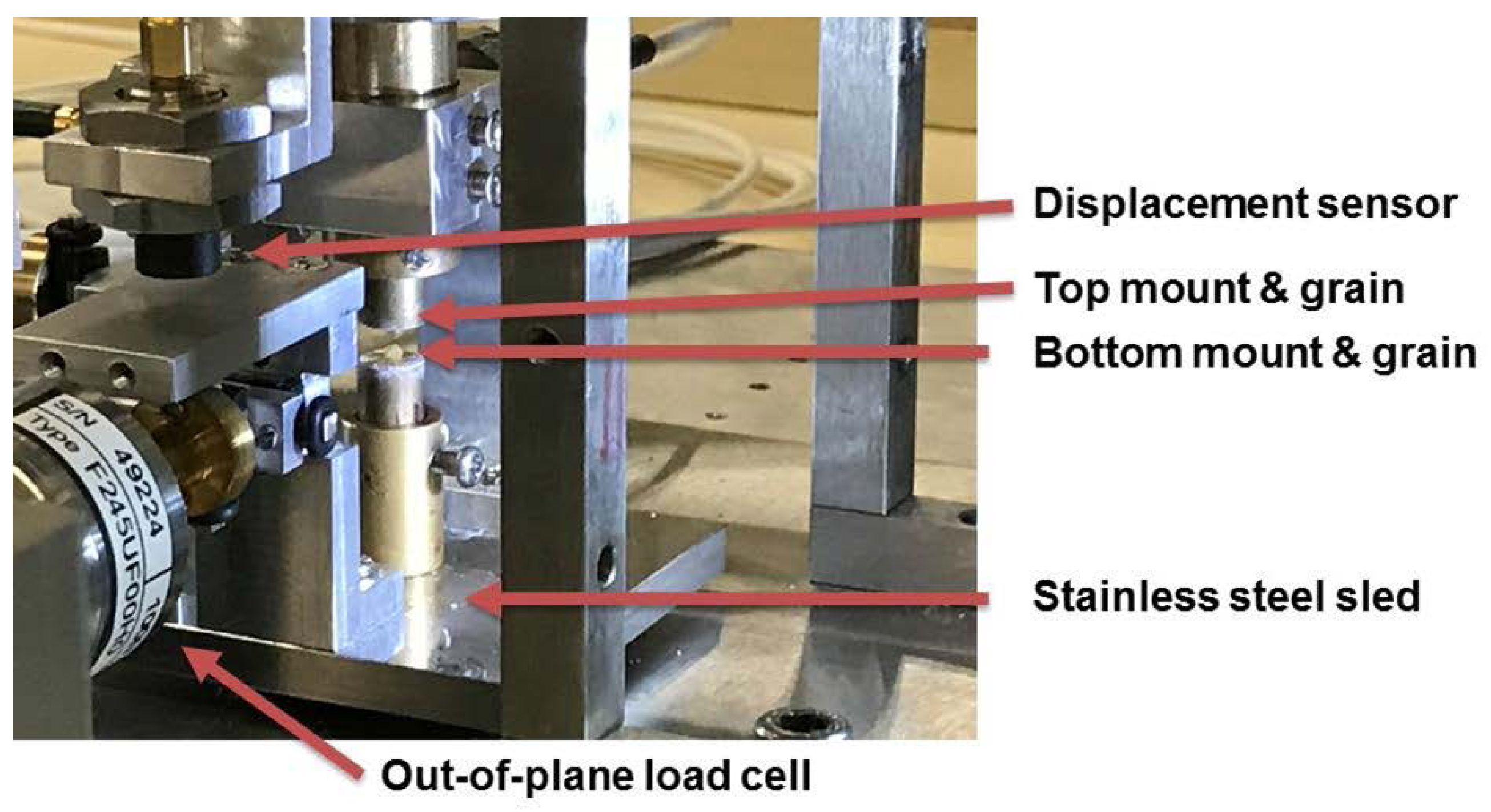
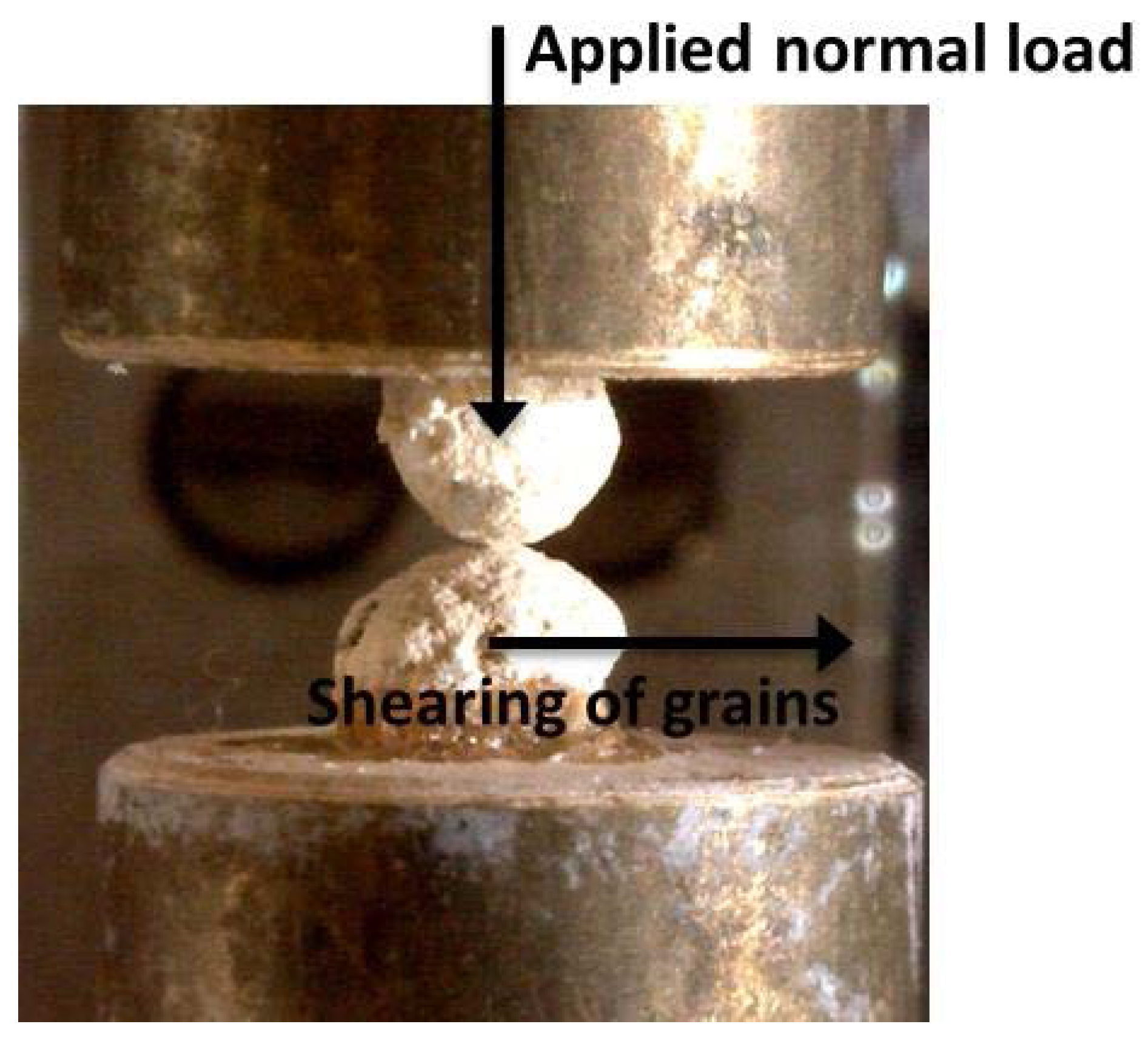
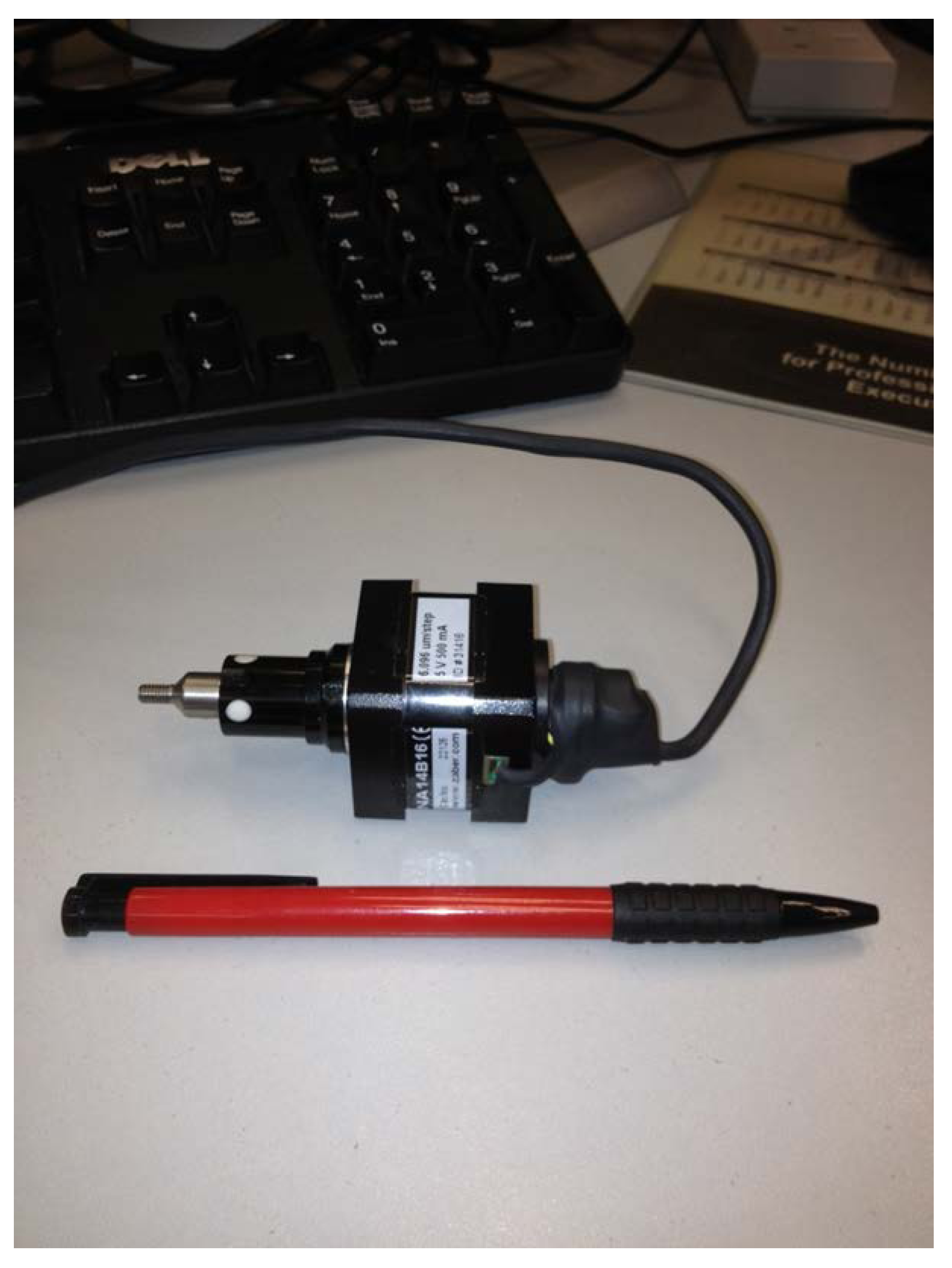
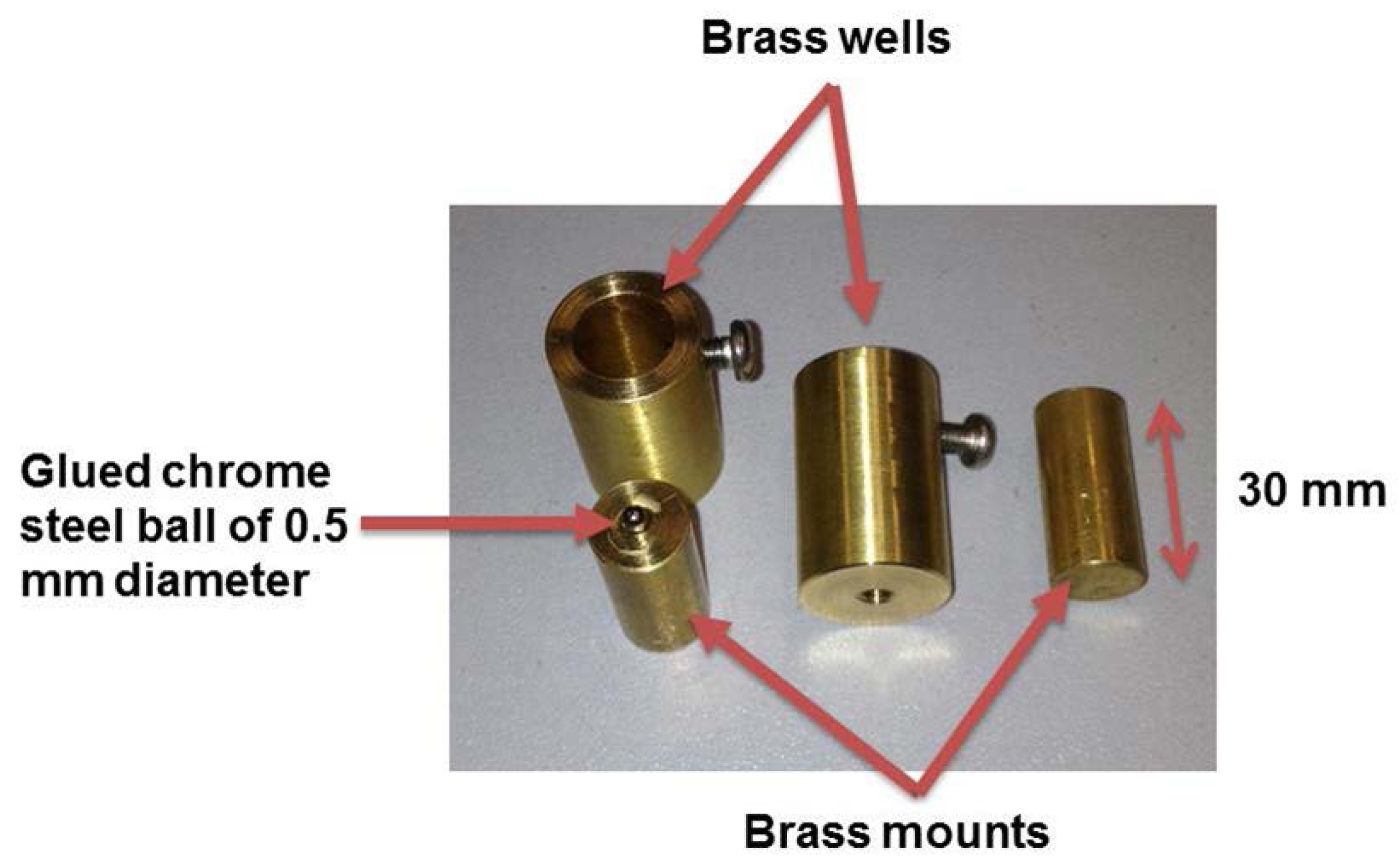
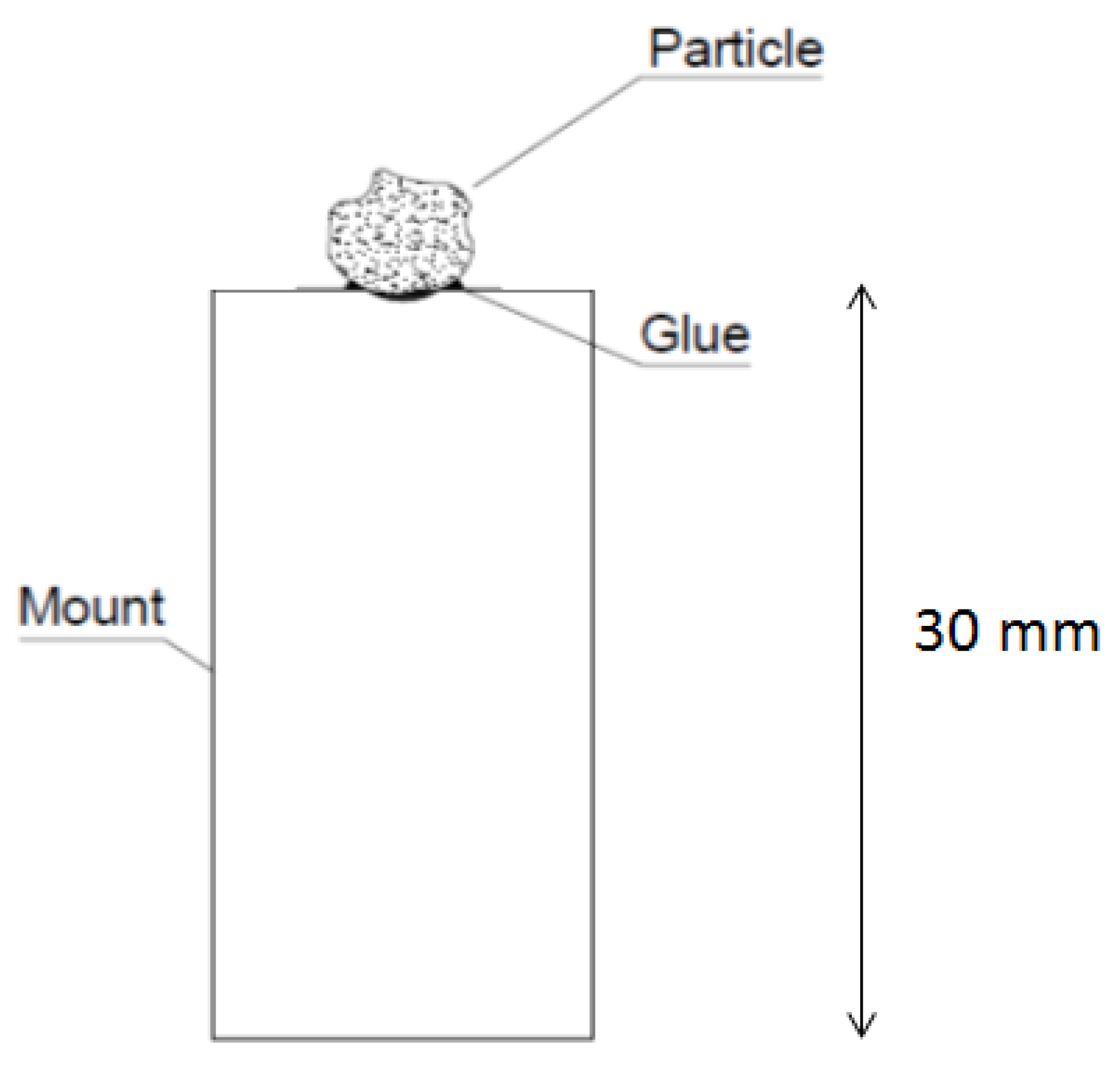
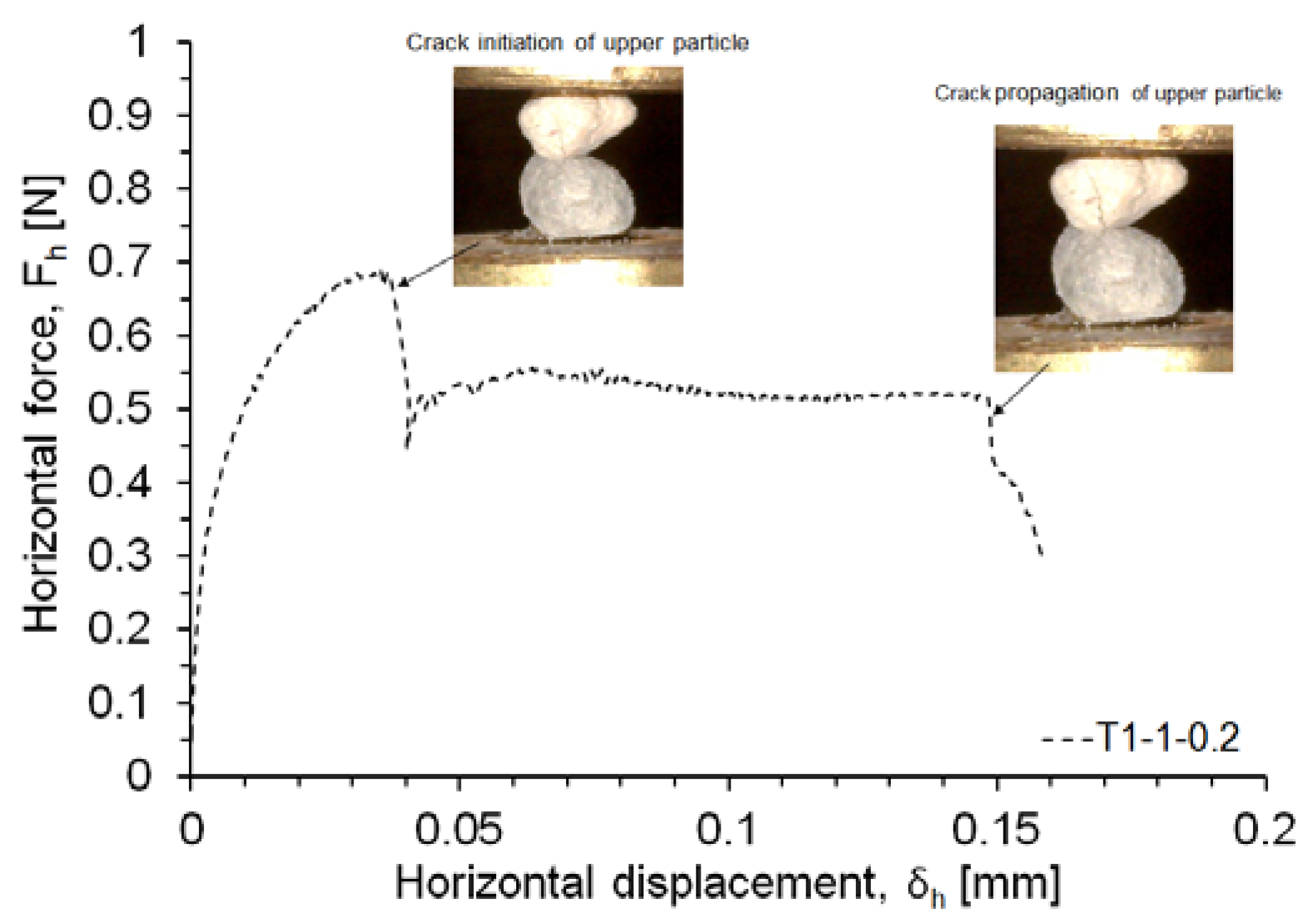

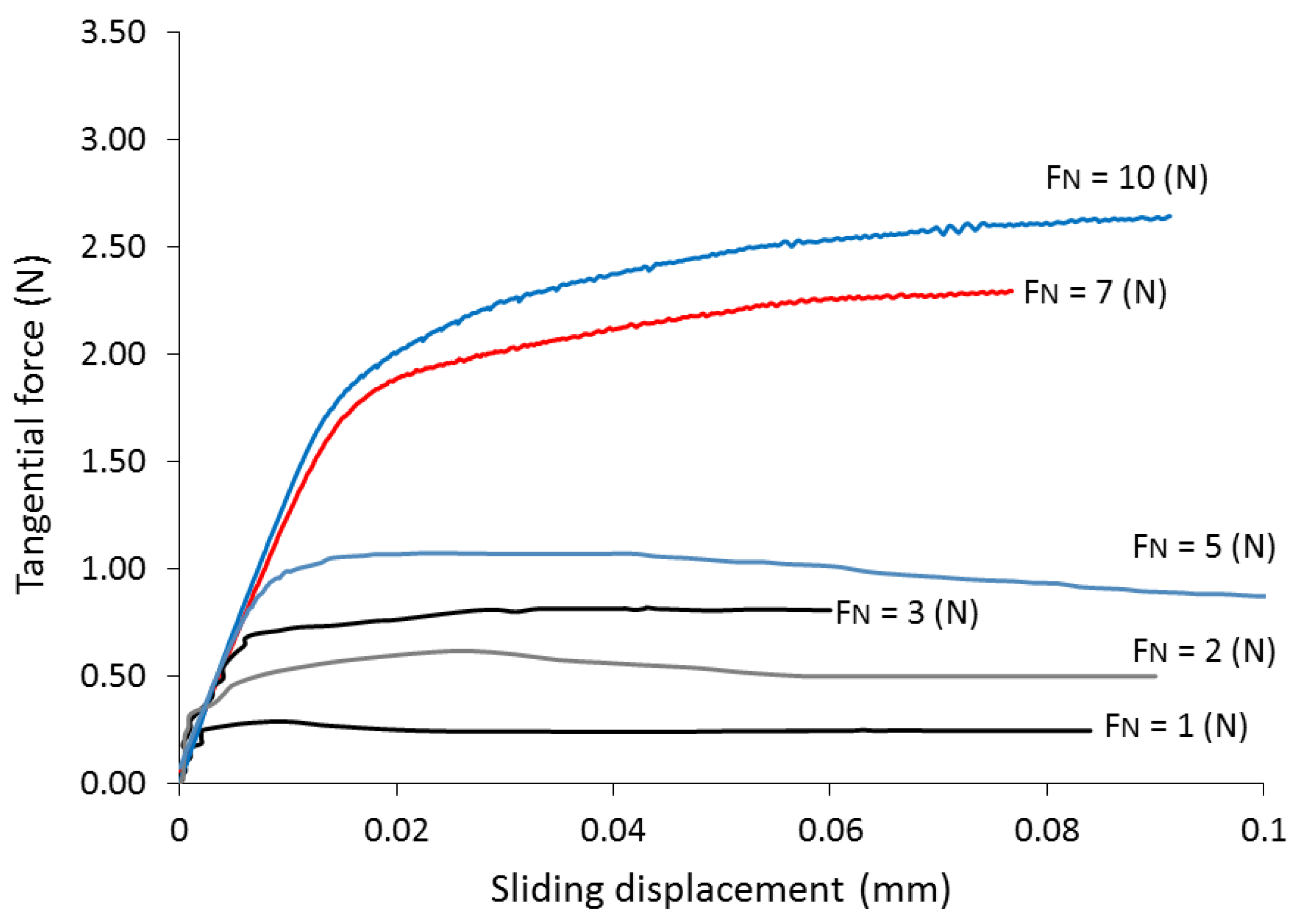
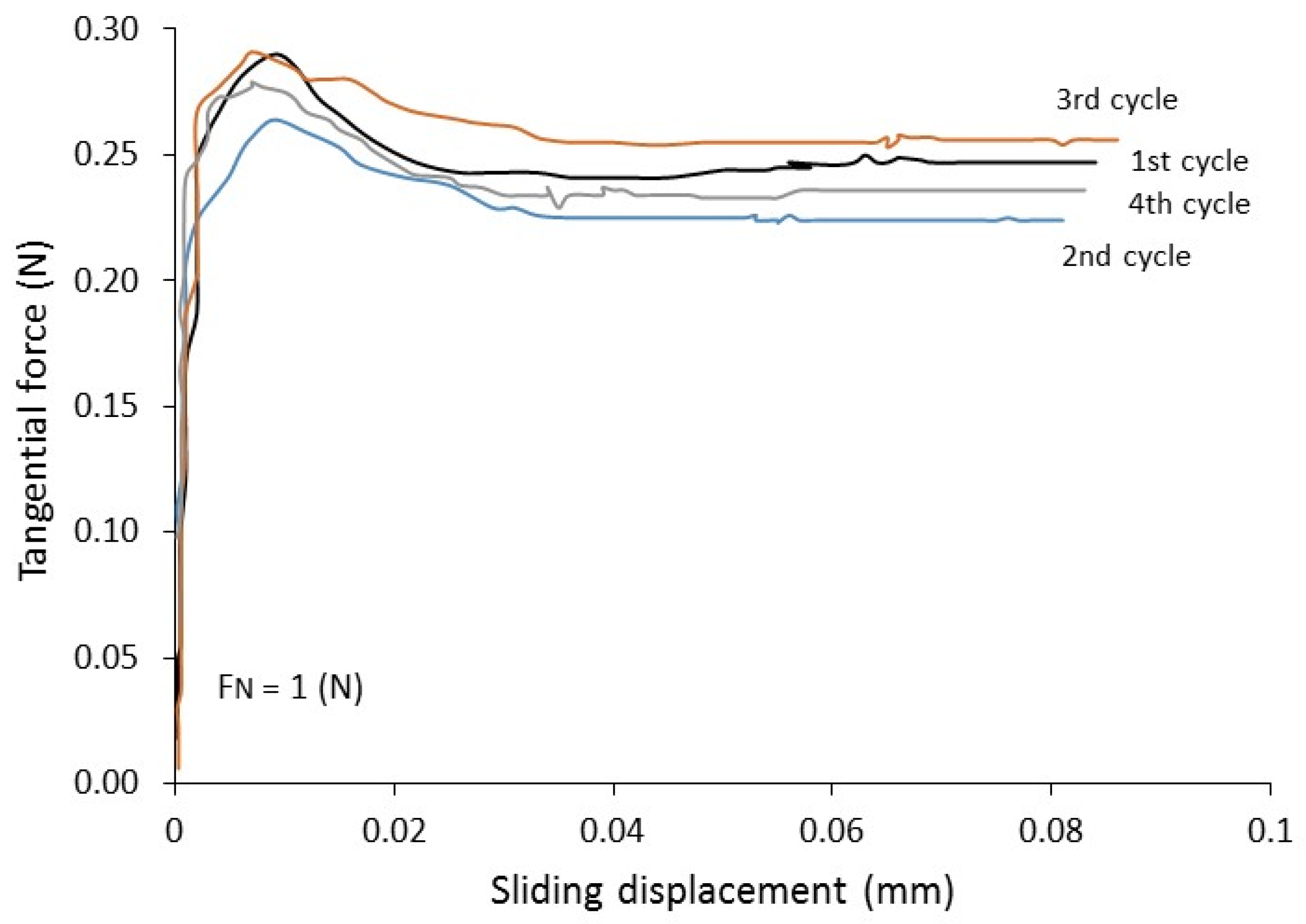

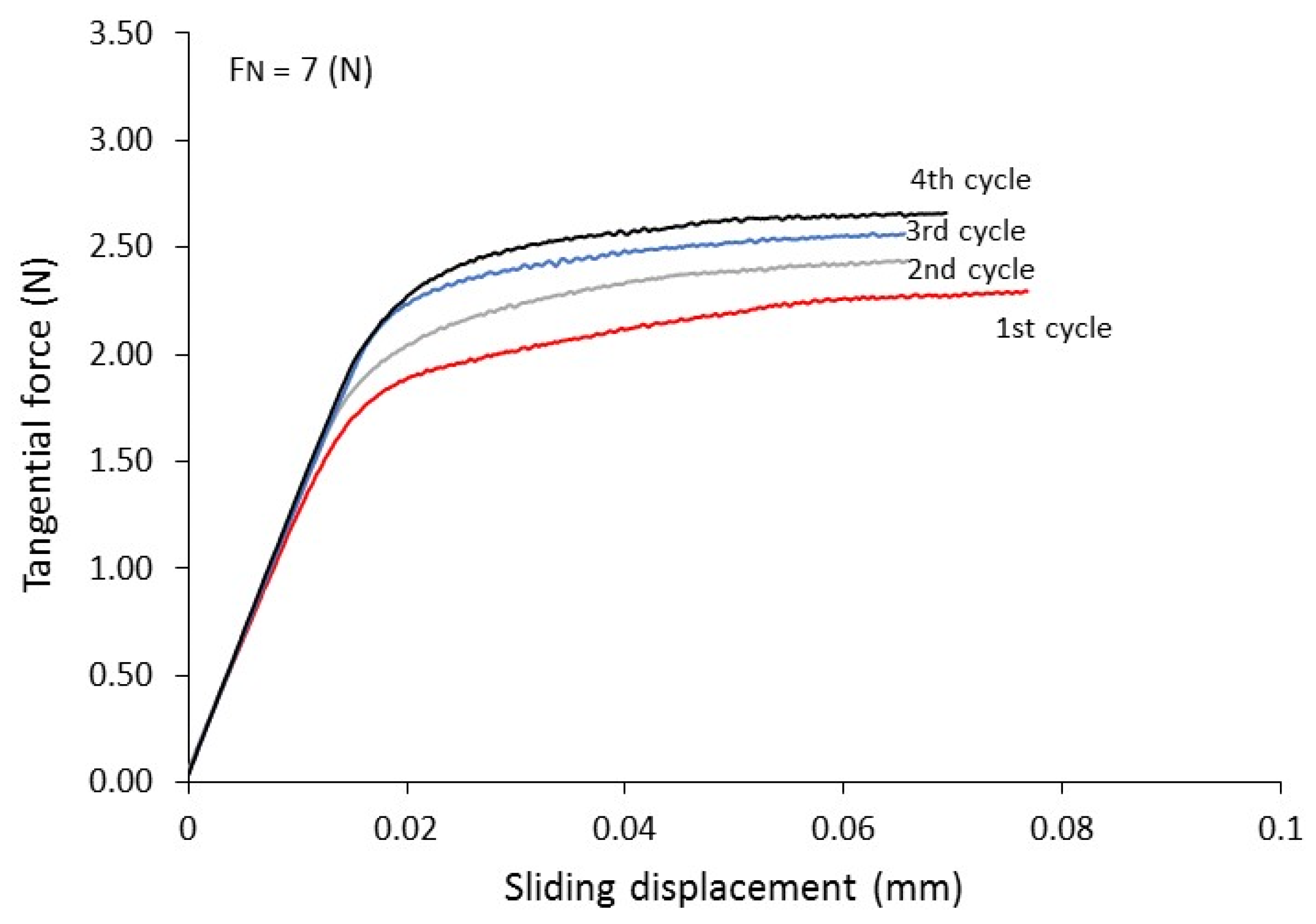
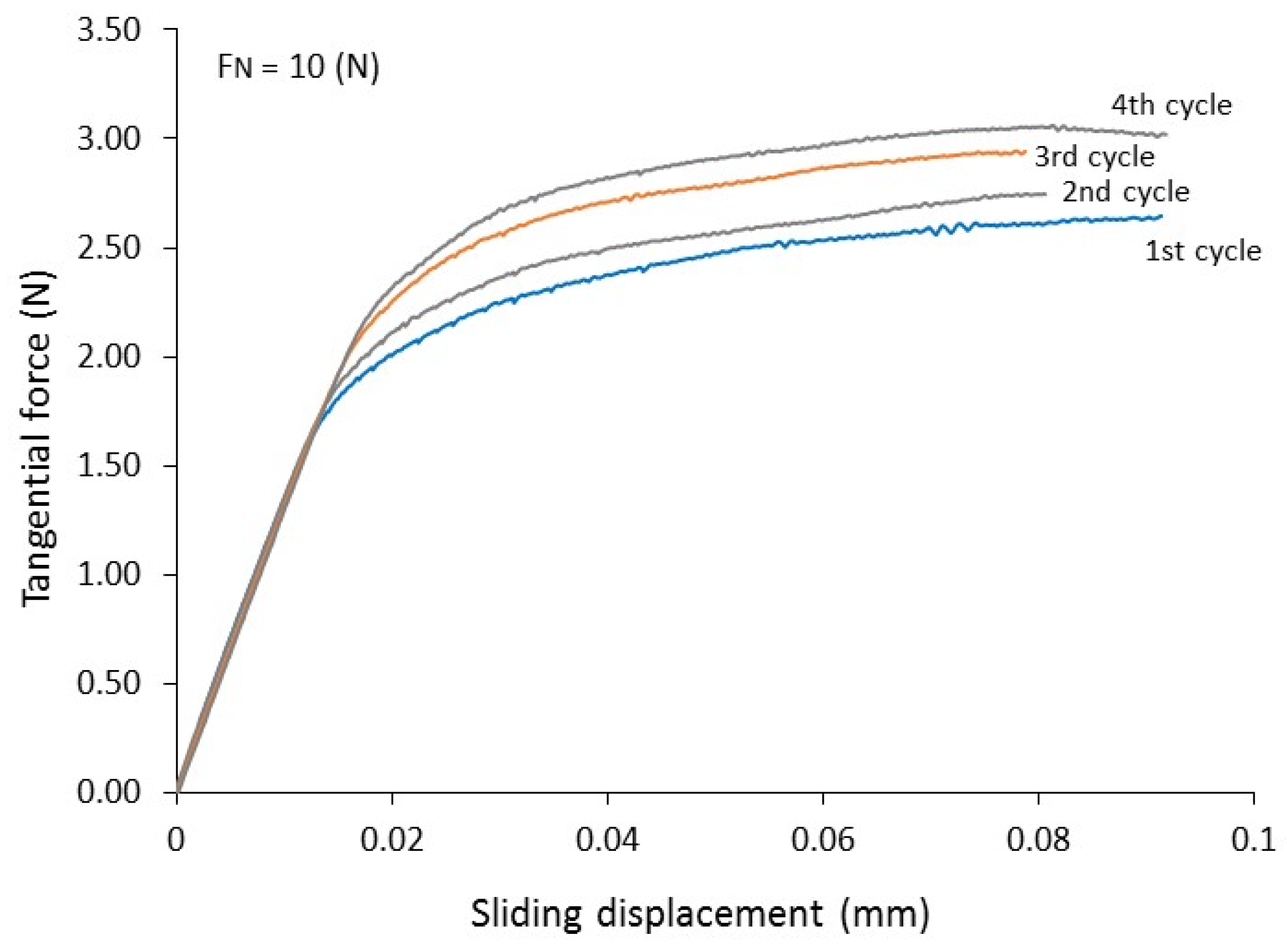
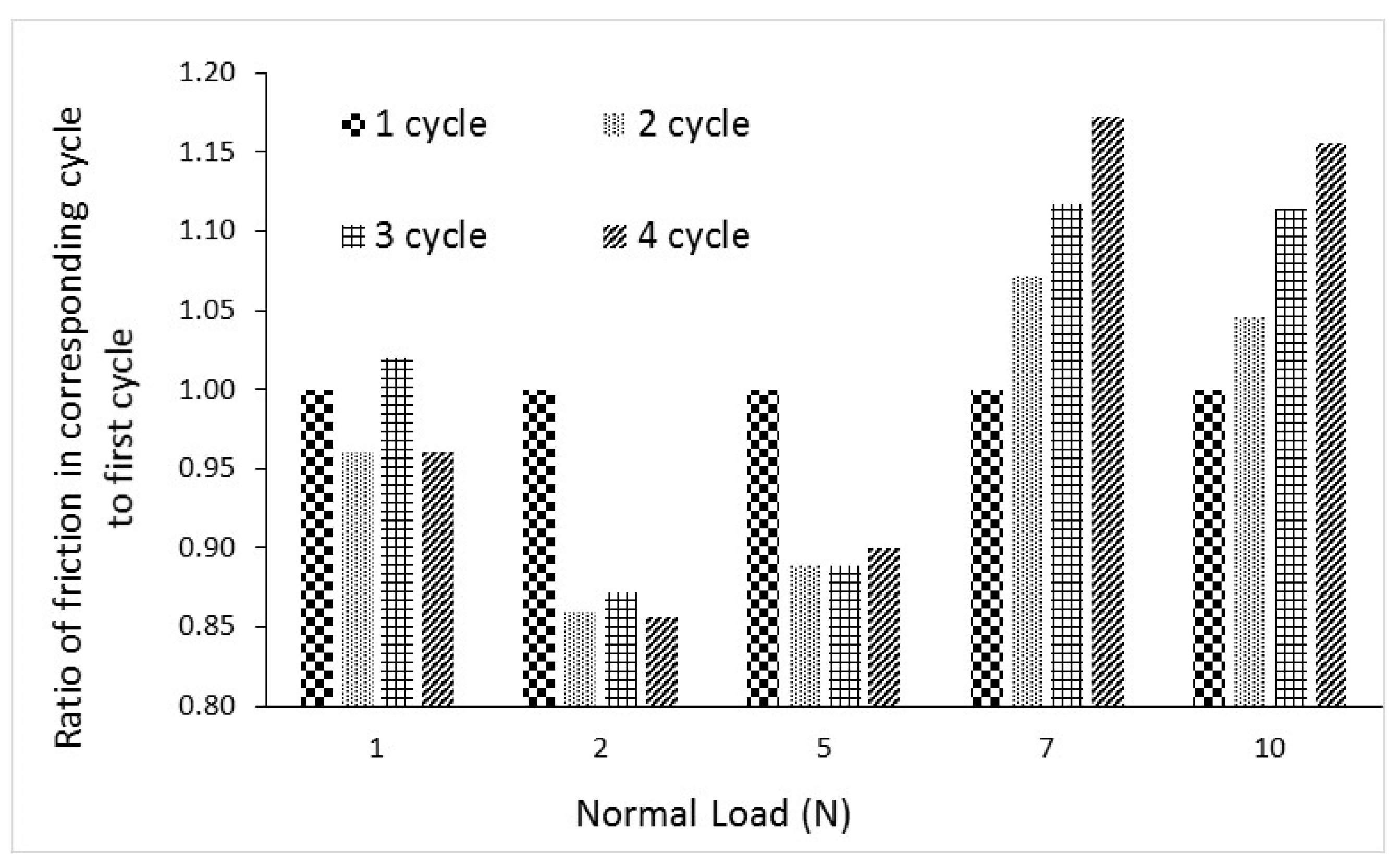
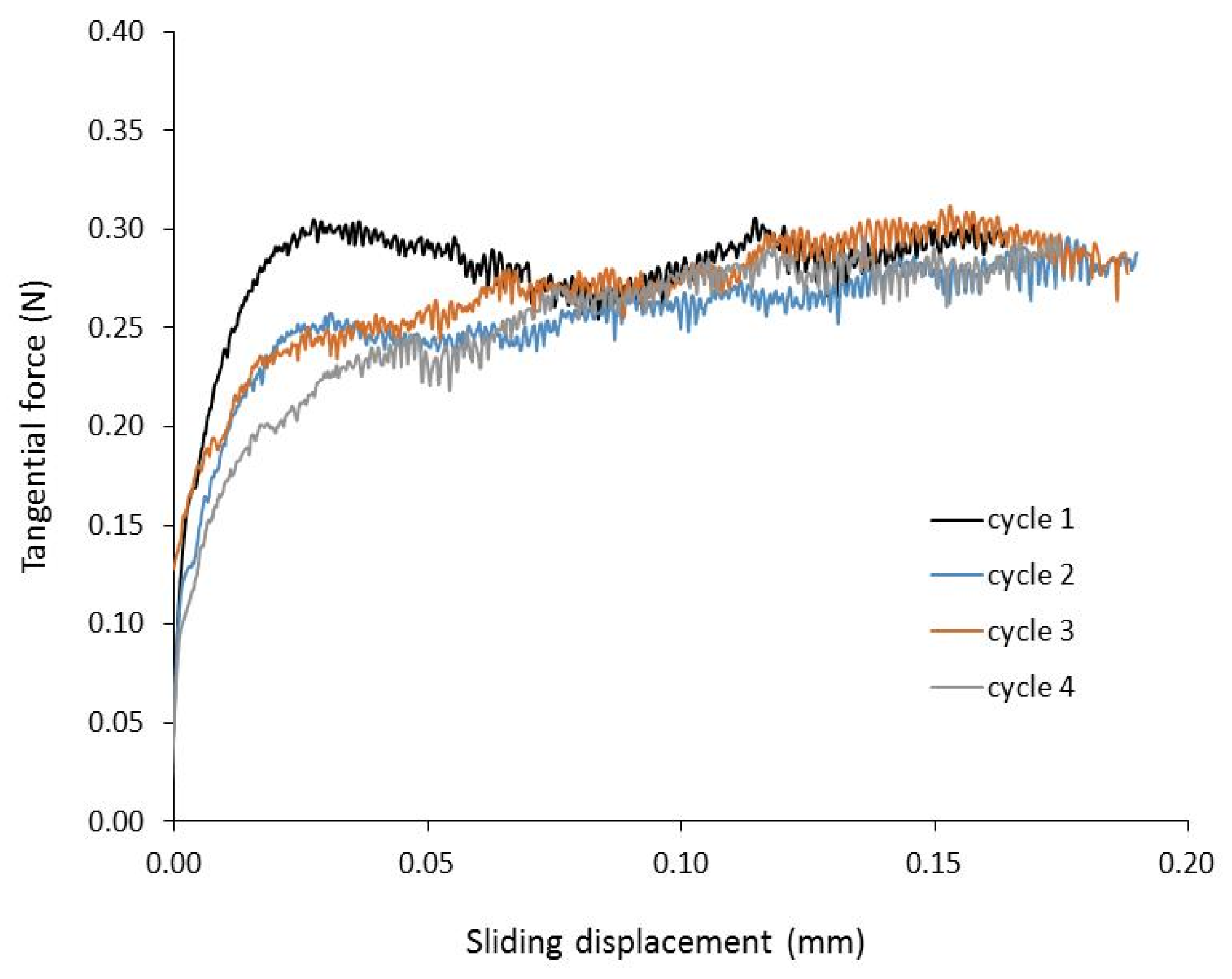
| No. | Test Code | Material Type | Normal Force (N) | Inter-Particle Friction at a Steady State Sliding | |||
|---|---|---|---|---|---|---|---|
| 1st Cycle | 2nd Cycle | 3rd Cycle | 4th Cycle | ||||
| 1 | LBS-1 | Quartz | 1 | 0.250 | 0.240 | 0.260 | 0.240 |
| 2 | LBS-2 | Quartz | 2 | 0.260 | 0.250 | - | - |
| 3 | LBS-2B | Quartz | 2 | 0.250 | 0.215 | 0.218 | 0.214 |
| 4 | LBS-3 | Quartz | 3 | 0.270 | 0.280 | - | - |
| 5 | LBS-5 | Quartz | 5 | 0.180 | 0.160 | 0.160 | 0.162 |
| 6 | LBS-7 | Quartz | 7 | 0.320 | 0.350 | 0.360 | 0.380 |
| 7 | LBS-10 | Quartz | 10 | 0.260 | 0.280 | 0.290 | 0.300 |
| 8 | CDV-0.5 | Completely decomposed volcanic | 0.5 | 0.540 | 0.640 | 0.620 | 0.660 |
© 2017 by the authors. Licensee MDPI, Basel, Switzerland. This article is an open access article distributed under the terms and conditions of the Creative Commons Attribution (CC BY) license ( http://creativecommons.org/licenses/by/4.0/).
Share and Cite
Sandeep, C.S.; Senetakis, K. Exploring the Micromechanical Sliding Behavior of Typical Quartz Grains and Completely Decomposed Volcanic Granules Subjected to Repeating Shearing. Energies 2017, 10, 370. https://doi.org/10.3390/en10030370
Sandeep CS, Senetakis K. Exploring the Micromechanical Sliding Behavior of Typical Quartz Grains and Completely Decomposed Volcanic Granules Subjected to Repeating Shearing. Energies. 2017; 10(3):370. https://doi.org/10.3390/en10030370
Chicago/Turabian StyleSandeep, Chitta Sai, and Kostas Senetakis. 2017. "Exploring the Micromechanical Sliding Behavior of Typical Quartz Grains and Completely Decomposed Volcanic Granules Subjected to Repeating Shearing" Energies 10, no. 3: 370. https://doi.org/10.3390/en10030370
APA StyleSandeep, C. S., & Senetakis, K. (2017). Exploring the Micromechanical Sliding Behavior of Typical Quartz Grains and Completely Decomposed Volcanic Granules Subjected to Repeating Shearing. Energies, 10(3), 370. https://doi.org/10.3390/en10030370







